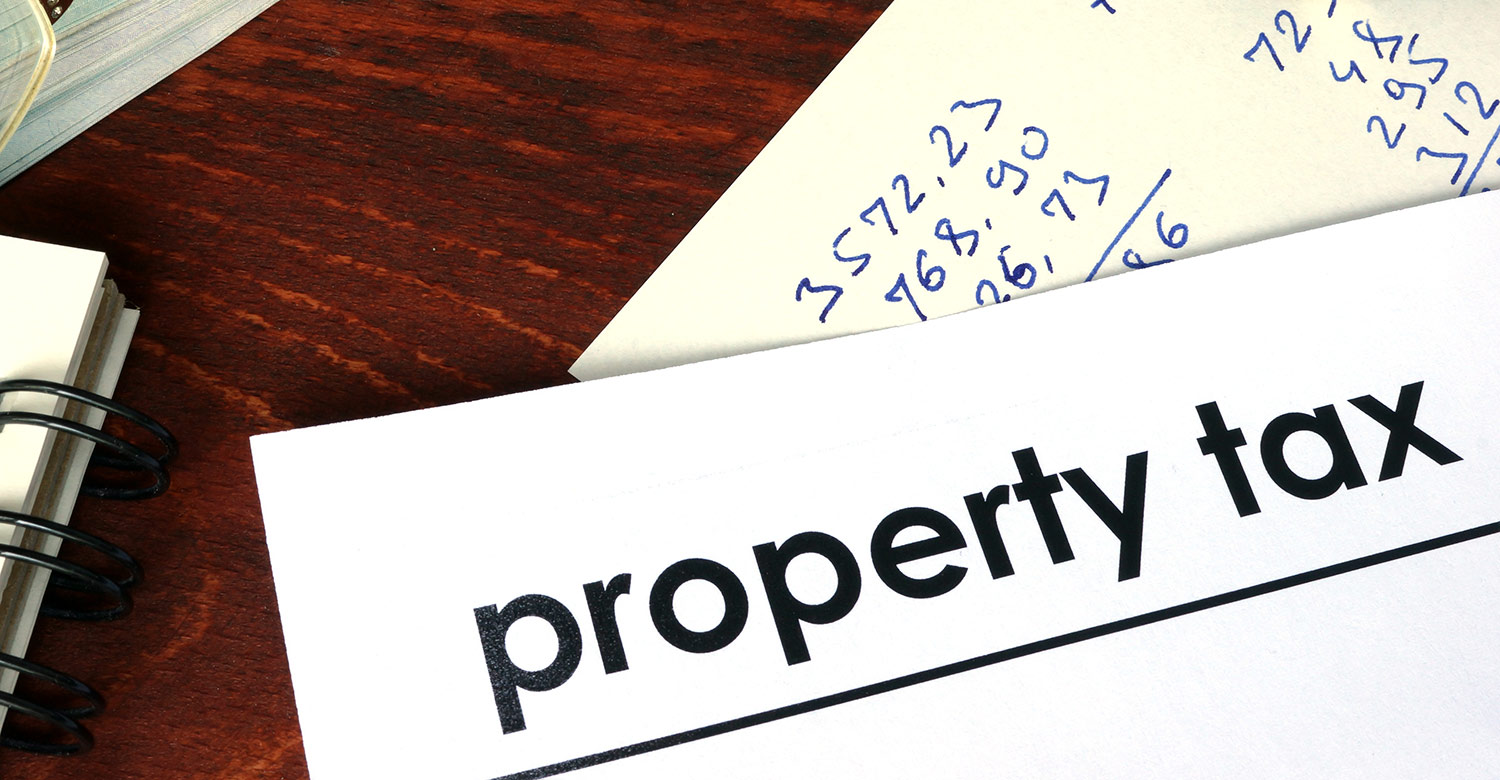
More information is available at www.csba.org/ballotinitiatives.
CSBA opposes Proposition 5, which would make substantial changes to a property tax rate transfer provision that was enacted in 1978 by Proposition 13 — changes that would severely impact local school funding, particularly for basic aid school districts and county offices of education.
Proposition 13 currently allows homeowners aged 55 or older or severely disabled homeowners to transfer their property tax assessment to a new home of equal or lesser value — a provision that can be used only once in a homeowner’s lifetime, and is typically limited to a new residence within the same county, unless the homeowner’s new county of residence approves the transfer. The intent of the original law was to allow this category of homeowners to “downsize” their home without a tax penalty.
Proposition 5 would allow this same group of homeowners to transfer their lower property tax rate as many times as they choose to move, and without regard to the new home’s size, current value or location in the state.
Essentially, a one-time provision becomes a lifetime of investment benefit for this classification of homeowners, with public schools footing the bill.
“For the roughly 80 basic aid school districts in the state, and all 58 county offices of education, there will be no way to recoup the revenues that they are going to lose if Proposition 5 passes,” said CSBA President Mike Walsh. “For all other school districts, the money they lose will be backfilled out of the General Fund, diminishing the potential for further investment from the state in public education.”
The Legislative Analyst’s Office estimated that short-term costs to schools would likely be more than $100 million each year, with that number eventually growing to around $1 billion annually.
“Backfilling a growing tax loophole is the wrong direction in the effort to move California’s public schools toward full and fair funding,” Walsh added. “With the funding challenges that all California school districts and county offices of education are already facing, Proposition 5 creates an ill-advised budget pressure that our schools simply cannot afford.”
At its Aug. 15 meeting, it was anticipated that the State Allocation Board would take up a proposal to amend its process for School Facility Program applications. Under the proposal, which was opposed by CSBA, the SAB would cease accepting applications for new construction and modernization project funding when the Board has received enough funding requests to account for all available bond authority — meaning that new project applications would not be added to the backlog when there is no remaining bond money.
After testimony from governing board members at a July SAB stakeholder meeting and input from CSBA, the Board did not hear this proposed item on Aug. 15. It is unclear whether the proposal will be considered at a future meeting.
In late July, President Donald Trump signed a bill reauthorizing and updating the Carl D. Perkins Career and Technical Education Act, a $1.2 billion program last reauthorized in 2006. The new law (H.R. 2353) maintains the current formula for allocating Perkins Act funding among states and also preserves the system for distributing funding within states — it further allows states to set their own goals for CTE programs without approval of the Education Secretary, and requires progress towards those goals. Local funding recipients must submit applications to the state that are based on a comprehensive CTE needs assessment. The law becomes effective July 1, 2019.
Visit www.csba.org/legislativenews for updates from the final days of the 2017–18 legislative session, which concluded on Aug. 31.